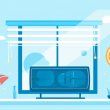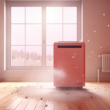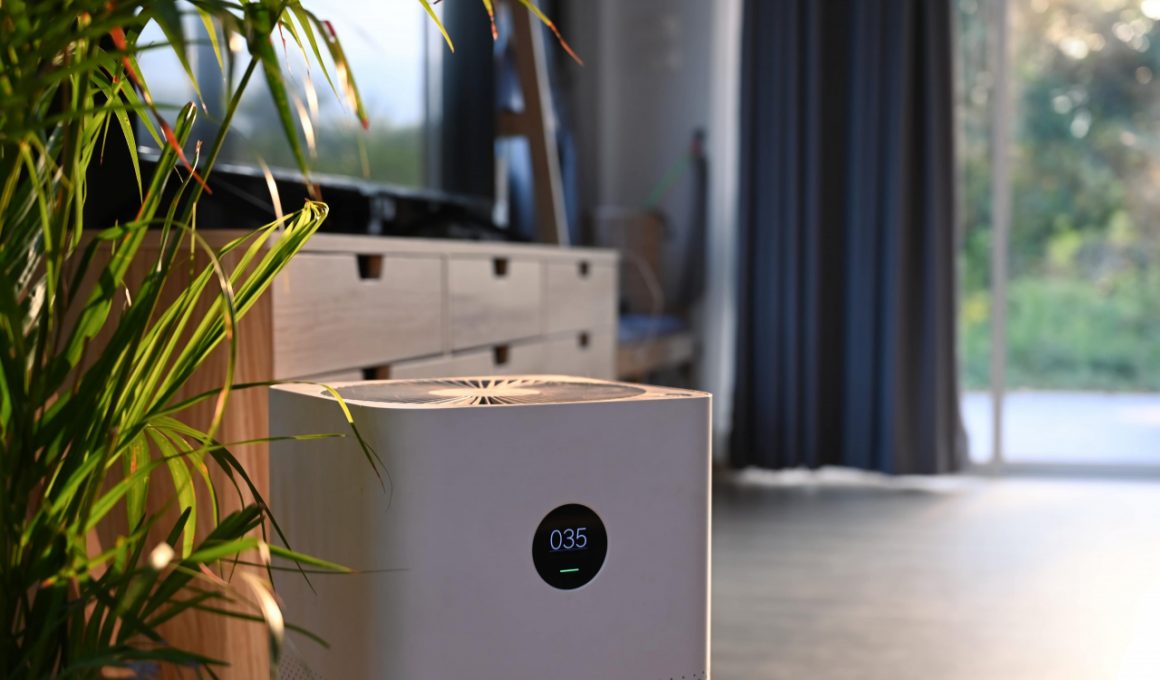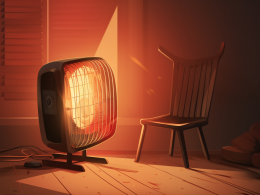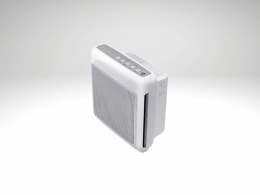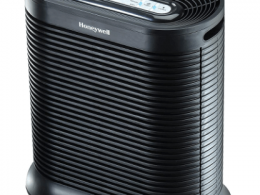As people’s awareness of indoor air quality has grown, so has the demand for air purifiers. These electronic devices have become a trending home appliance in recent years.
Air purifiers are electronic devices that sanitize the air of an indoor structure. There are many different types of air purifiers that use various means of sanitizing the air. Some of the most common types include the ones with HEPA filters and Ionizers.
As you can plug in these devices for long periods, electricity consumption can be a major concern. With this in mind, we’ll be taking a look at how much electricity does an air purifier use.
Factors That Affect Air Purifiers’ Power Consumption
Many factors affect air purifiers’ electricity. Factors such as room size and the amount of time used are essential. But, since air purifiers come in different sizes and types, the electricity consumption will also depend on the kind of air purifier you use and its specifications.
Below we’re listing three main factors that affect air purifiers’ power consumption.
Fan size
One of the most affecting energy consumption aspects of air purifiers is their fan size. Typically, air purifiers with fans come in standard sizes that clean a normal-sized room. However, there are larger-diameter purifier fans that are more powerful but also consume more energy.
Filters type
There are seven commonly used filter types used on home air purifiers. They are:
- HEPA filters
- UV light filters
- Electrostatic filters
- Washable filters
- Media filters
- Spun glass filters
- Pleated filters
Among these filters, pleated filters are the most energy-efficient, while HEPA filters are known to be the most efficient cleaners. The reasons behind the energy-effectiveness of the pleated filters are their low air resistance and low initial pressure drop.
However, it’s worth noting that how much electricity an air purifier uses also depends on its maintenance. This means you need to regularly change or wash your air purifier’s filters in order for it to be efficient in both air purifying and electricity usage, as a purifier with a clogged filter will use more energy in a non-effective way.
Average room size
Another factor that will affect energy consumption is the room size where the purifier is located. For the purifier to be as energy-efficient as possible, it should be used in a room that does not exceed the given size in which that specific purifier was designed to be used.
For example, if you use a purifier designated for rooms smaller than 100 square feet on a 170 square feet room, the purifier will need to work longer. Still, the air quality will not be as good as when using a bigger air purifier.
How Much Electricity Do Air Purifiers Use?
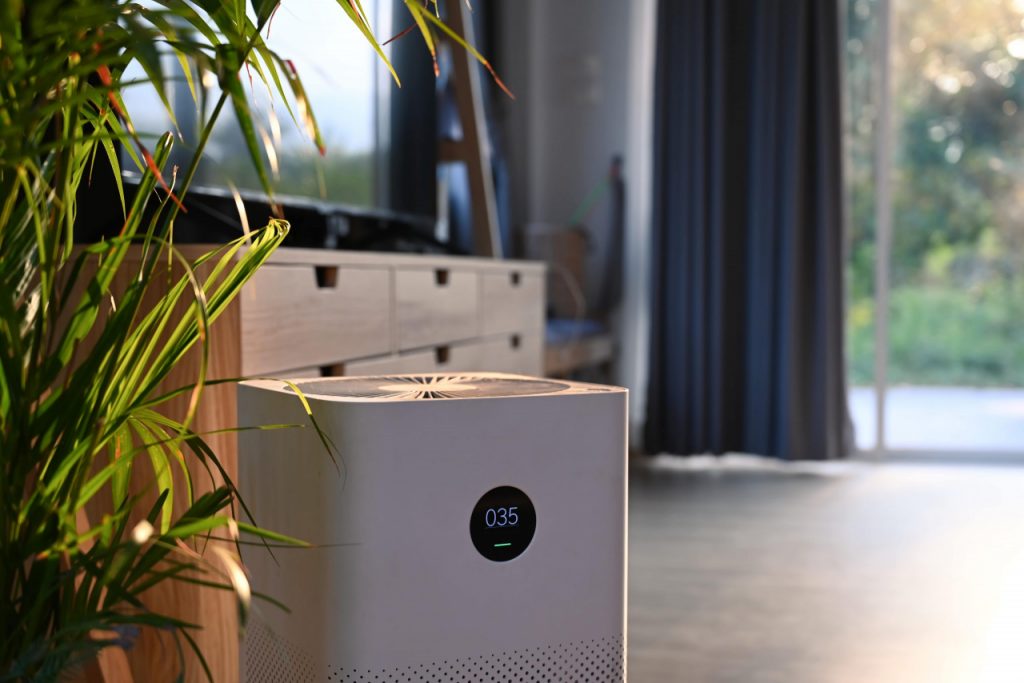
The most important question that everybody wants to know is how much electricity does an air purifier use on average. Besides being essential for our health, air purifiers also don’t use much energy.
On average, an air purifier consumes 0.81kWh of electricity daily when in active use, while it spends about 0.014 kWh a day in standby mode. This is a considerably low consumption level compared to other devices, such as air-conditioners, which can use up to 3kWh per hour. Also, the fact that clean and fresh air is so essential to our health gives a clear answer to the question, “are air purifiers a waste of money?”.
Air Purifier Electricity Usage Calculator

If you just bought a new air purifier or are mulling the possibility of buying one, you probably want to know exactly what its usage will cost you.
To do this, you first need to know the wattage power of the purifier device that you bought or are planning to buy, the local electricity rate for a kilowatt per hour, and the number of hours you plan to use on average every day.
After knowing these settings, you can follow the electricity usage calculator formula given below to calculate the exact cost:
(Wattage * kWh cost * Time (hours))/1000
How to Reduce the Cost of Running an Air Purifier
If you want to reduce your air purifier’s usage, several things can help you do that. These are known methods that have been proven effective in minimizing energy consumption from air purifiers.
Turn it off when you don’t use it
Keeping an air purifier running all the time is often unnecessary, as a few hours are usually enough to purify the air in your room. Therefore, it’s important to shut down the device in an interval manner. Of course, with the advanced technology that we have today, there are air purifier devices that automatically shut down and turn on based on their sensors. But, if you’re using yours manually, it’s important not to forget to shut it down.
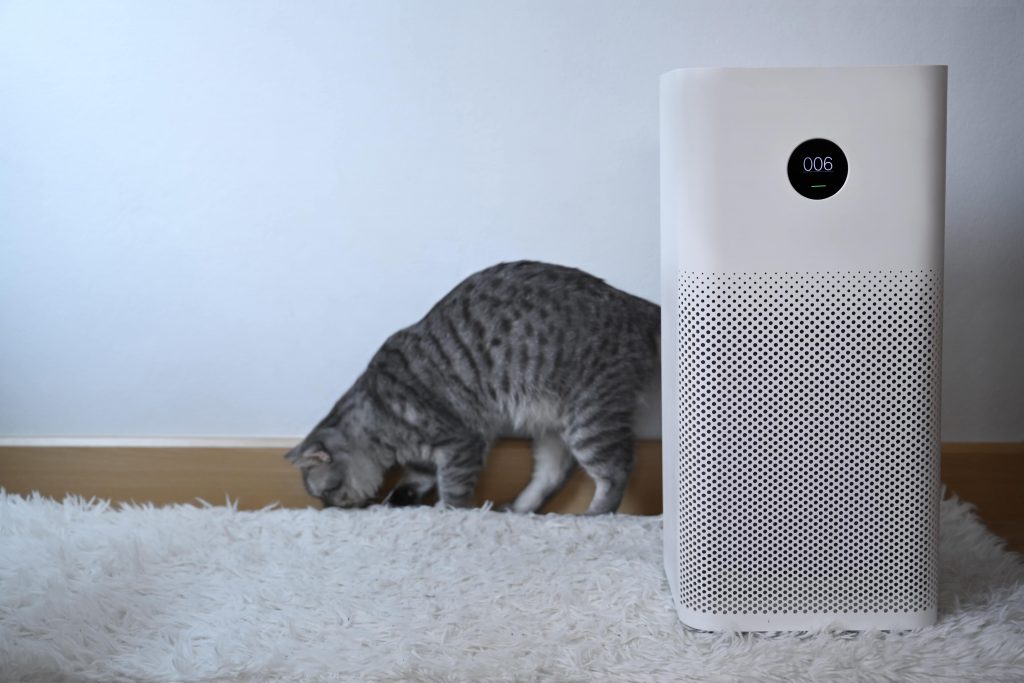
Upgrade to a more efficient model
As the technology of these devices continues to advance, more and more efficient models are being introduced into the market every year. Therefore, if you use an older and outdated air purifier, you might want to consider switching to a new and more efficient model.
In addition, you can find help to choose the most efficient models through Energy Star, which is sponsored by the US Department of Energy and awards the most energy-efficient commercial electronic devices.
Keep the filters clean
As we mentioned before, maintenance is a key part of energy efficiency. Therefore, an air purifier needs to have its filters changed whenever they’ve accumulated large amounts of pollutants. When the filters aren’t clean, the device will be less efficient in both air purifying and electricity usage.
The Final Verdict
As we can see, air purifiers are a modern home appliance with very efficient energy spending. They have relatively low maintenance costs and offer an essential service of great importance to our health. Therefore, buying an air purifier would be a good decision that would improve your health and the health of the people close to you, by enabling you to breathe fresh air inside your home.



